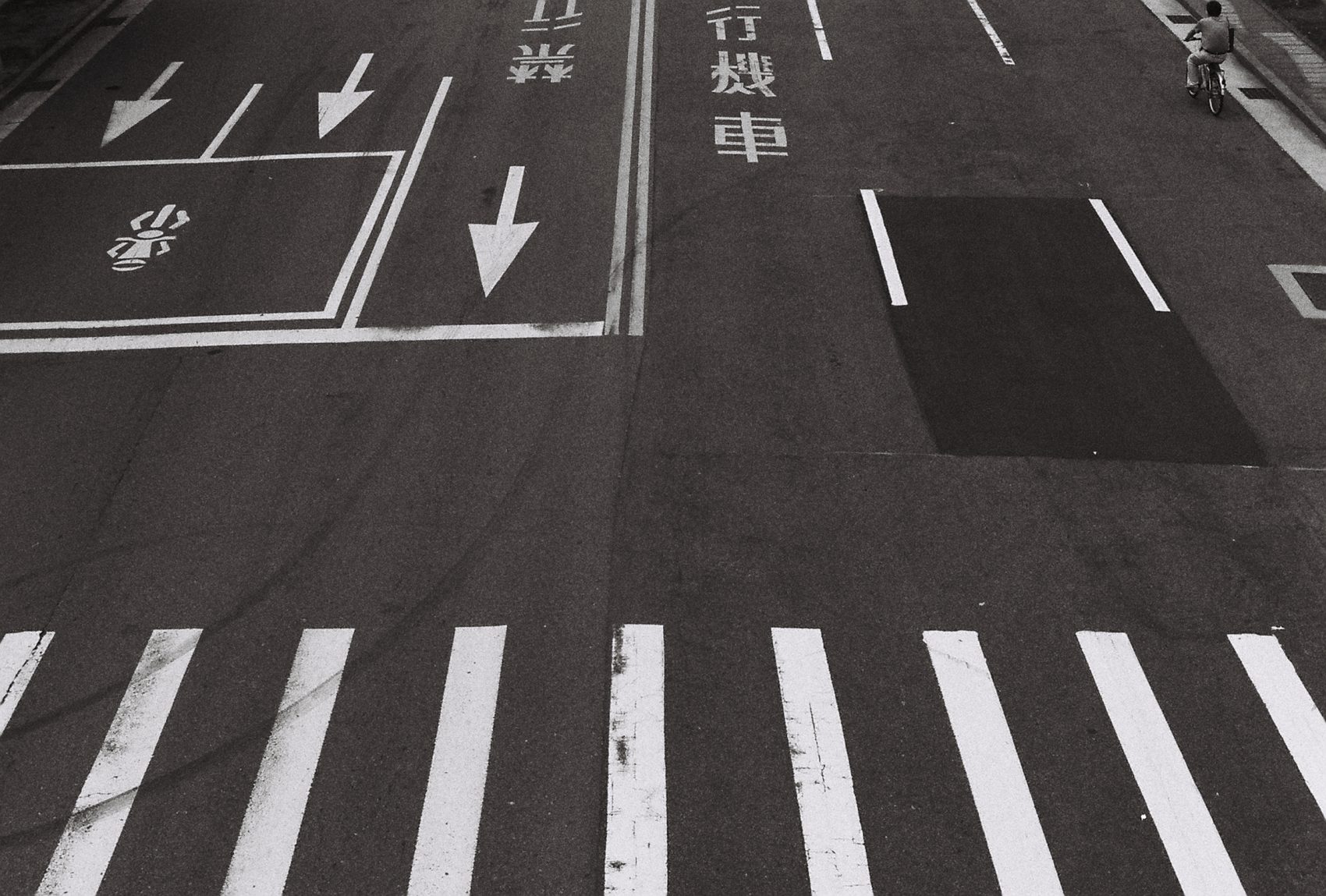Words by Sarah Krieg | @sarah_krieg
Image by Nichol Mak | @lohcin
Imagine that you live at a fork in a road, where two paths merge into one. Both roads come from two completely different places, with completely different cultures and values, and the people living there are completely opposite in looks. As they converge into one path, the people travelling on the road have to settle their differences and come together in a constructive way to continue on their journey.
If you can imagine that, then imagine that battle going on in your head every single day, and then (maybe) you’ll understand what it’s like trying to figure out your own identity growing up in a multicultural family.
My whole life, I’ve seen through two different coloured lenses. Mum is part Fijian and part Kiwi, and dad is German-Australian. The intersection of essentially four cultures, and the way they’ve manifested themselves in my life physically and psychologically, has shaped how I see the world around me as well as the way I interact with family members from both cultural groups.
I’m white enough that I fit in with my mainly-white peers, and dark enough that people know I’m related to my mother at family events. I’ve never had to deal with discrimination because of my appearance, but it’s that ongoing battle between the cultures I have been exposed to and told I am a part of, that makes life a little harder.
I’m lucky I don’t necessarily look like one side or the other—I sit quite happily in the middle. The clash of cultures in my head, however, is where my issues lie. For example, in most Pacific Island cultures, it’s considered rude to make eye contact with elders and people in positions of authority. In Australian culture, eye contact is a sign of respect. Cultural differences like this may seem small, but they can have a big impact on daily life.
As a child, I had both Fijian and Australian cultures taught to me, making my actions a sort of mixture and confusion of these two value systems. Because of this, I actively try to make eye contact when speaking with teachers, managers at work, my boss and even classmates, for fear of being considered rude.
For my sister, Emma, things are different. We have the same heritage, yet she faces struggles in defining her identity—and it’s predominantly to do with the colour of her skin.
“Dad’s side of the family aren’t really bothered about what colour I am, but family reunions with mum’s side can be really bad,” Emma told me.
“At (my) great-grandma’s 100th birthday party, at least three people who have known me since I was born, asked me how I knew the family—as if they didn’t even bother to think a whiter-skinned person could be related to them.”
For me, it was easy to tell who I was—I had been outdoors for most of the summer, my skin was dark and my freckles pronounced. Emma, however, had not had as much sun, and despite the fact we are often mistaken for identical twins, her lack of typically Fijian features was confusing to many of our distant relatives.
“I know some people are happy to be mixed race, but when you identify as both, and only look like one, you constantly feel like you have to explain yourself,” Emma said.
“I wish I was just white or black. Being in the middle sucks.”
And it’s not just my family facing this cultural dilemma. Lorenzo McMiken, an ANU student, also struggles with cultural identity as a Filipino-Australian. He too, looks like both his parents, but struggles with the inner turmoil of being part of two vastly different cultures.
“When I met my mother’s side of the family I definitely did at times feel a bit distant,” Lorenzo said. “The most obvious impediment was language. Filipinos have a habit of switching between Tagalog (the official national language) and English. So, I would often only understand disparate English phrases when there was a large gathering.”
“There were more subtle obstacles as well. Culturally, I was just so different, and this affected all my interactions. There would be jokes I didn’t understand, topics of conversation I had no knowledge about and conservative Catholic values which I felt little affinity with. I will always love my family and I know they will always love me, but expressing that love is hard when there’s a cultural and literal sea between us.”
Figuring out self-identity can be dicey at the best of times, and we’re all lucky to live in a country where multiculturalism and differences are largely celebrated. Existing at a cultural crossroads is a weird, confusing and sometimes empowering experience, but we can live in hope that we will eventually find the happy medium in the cultural divide.


